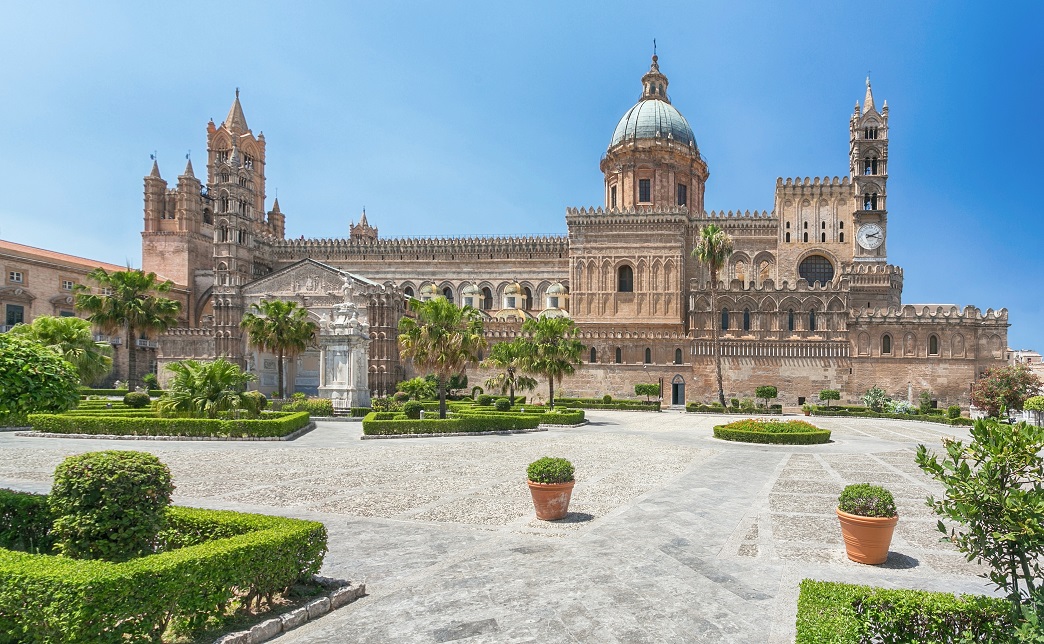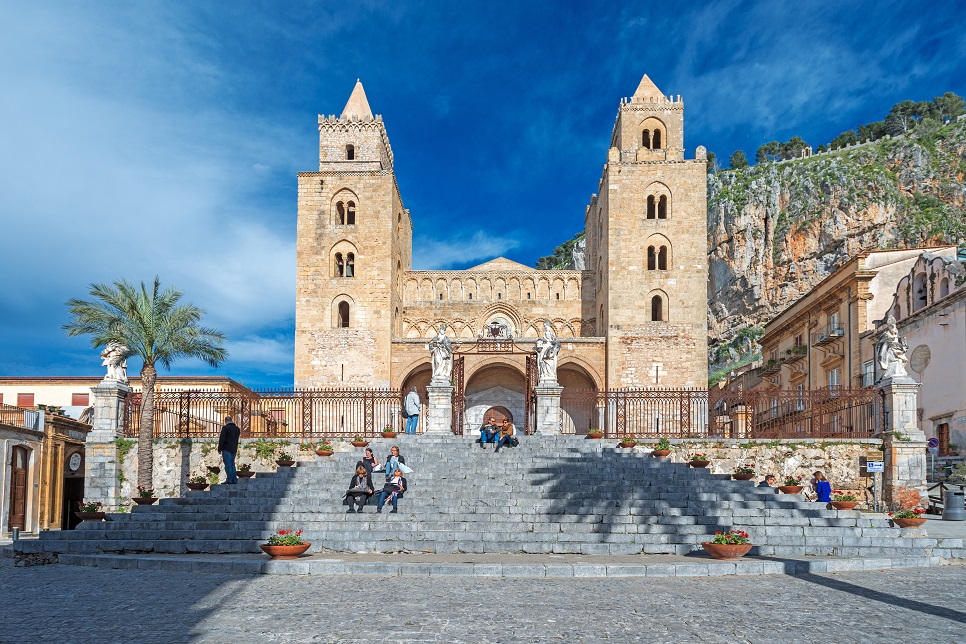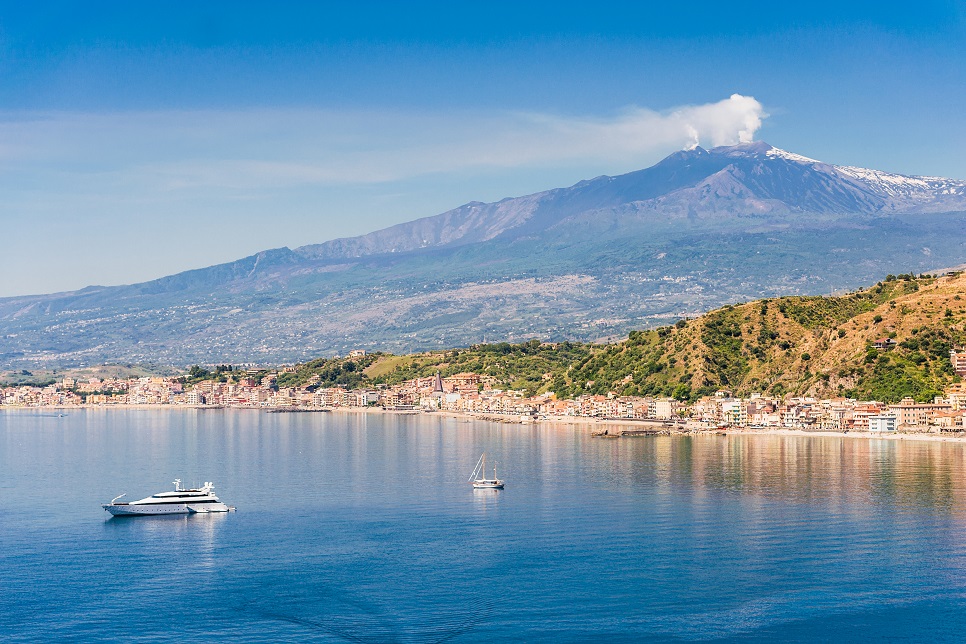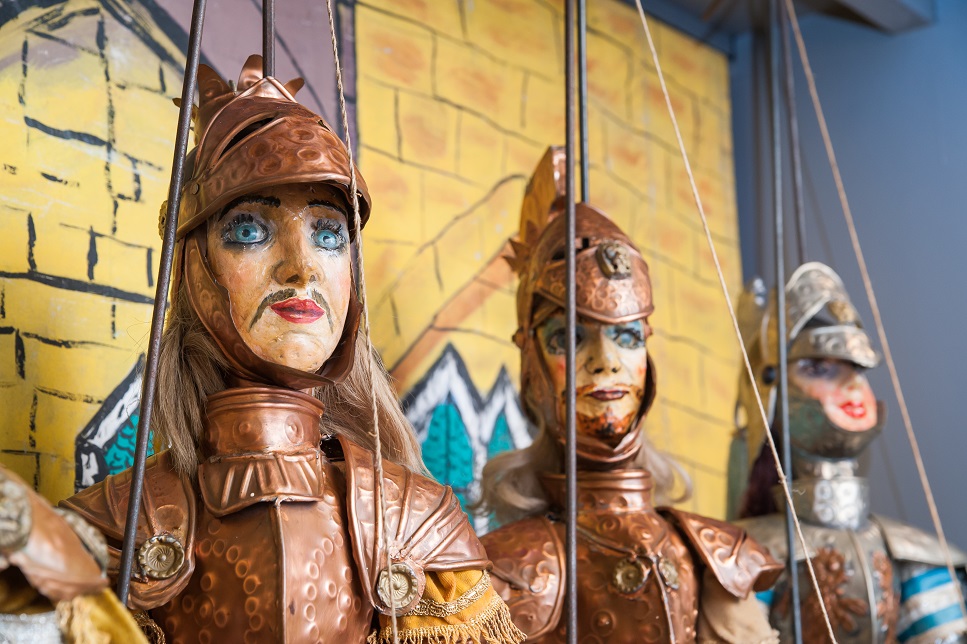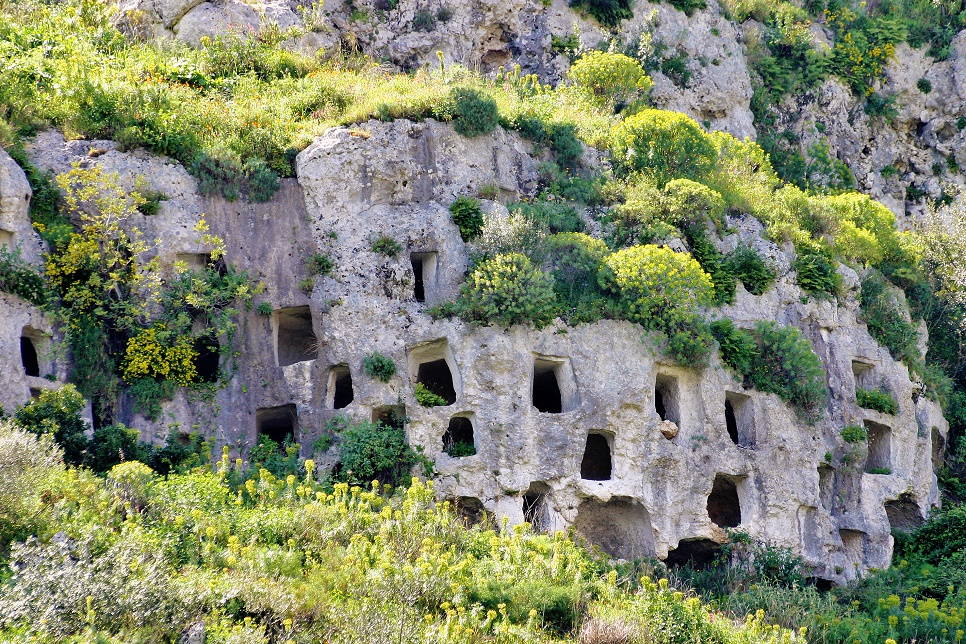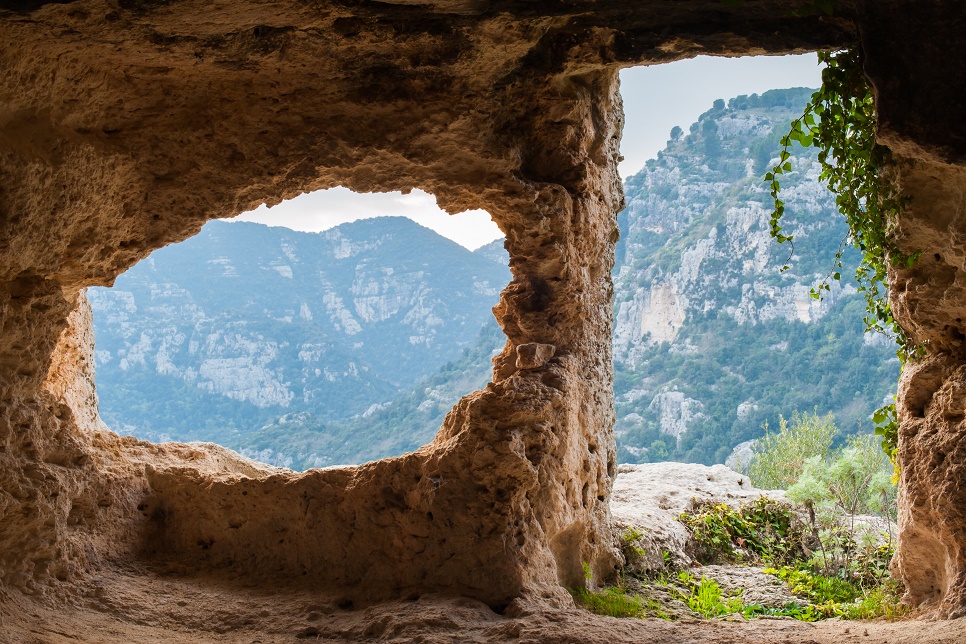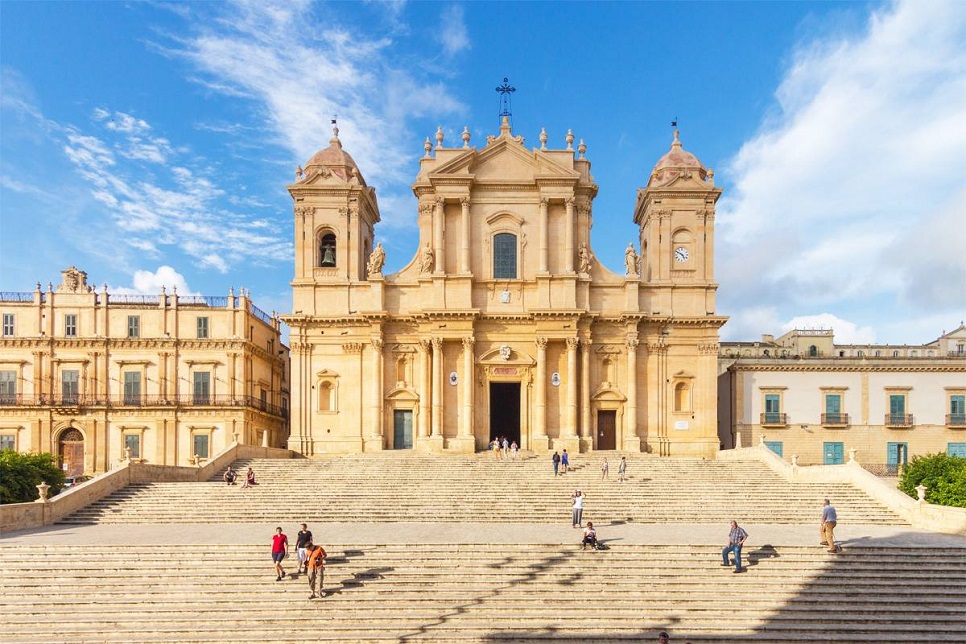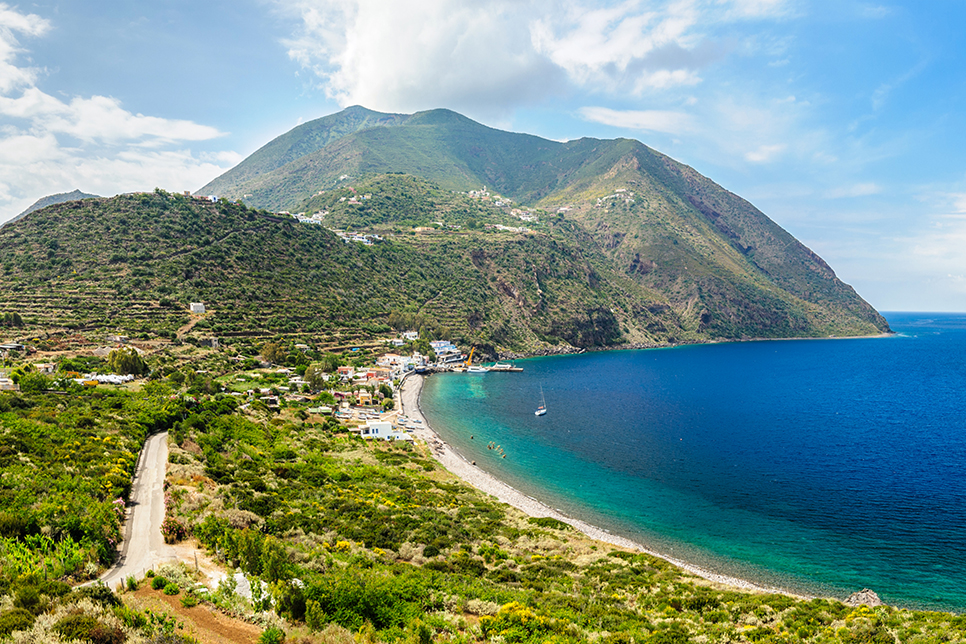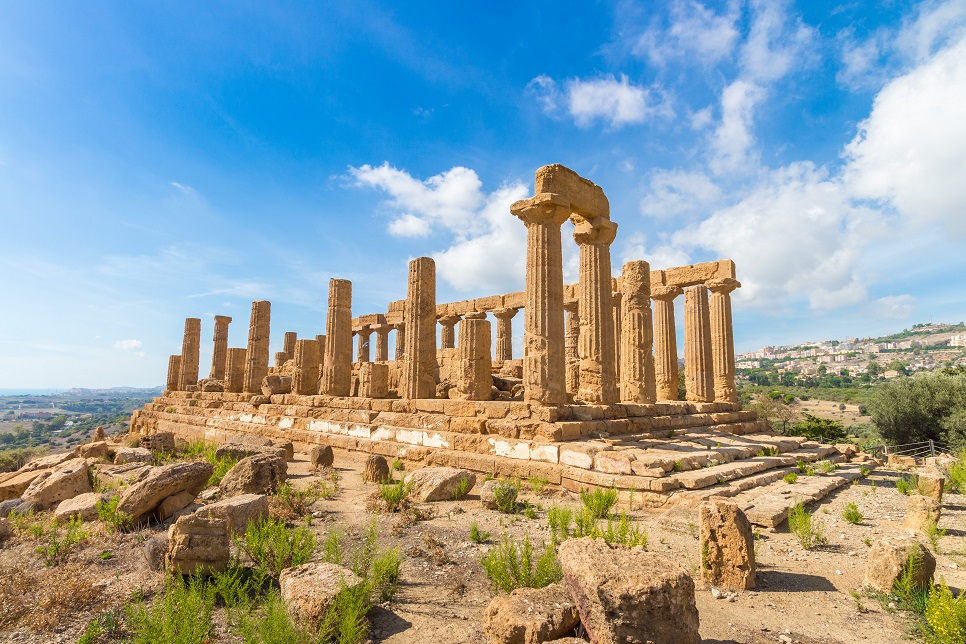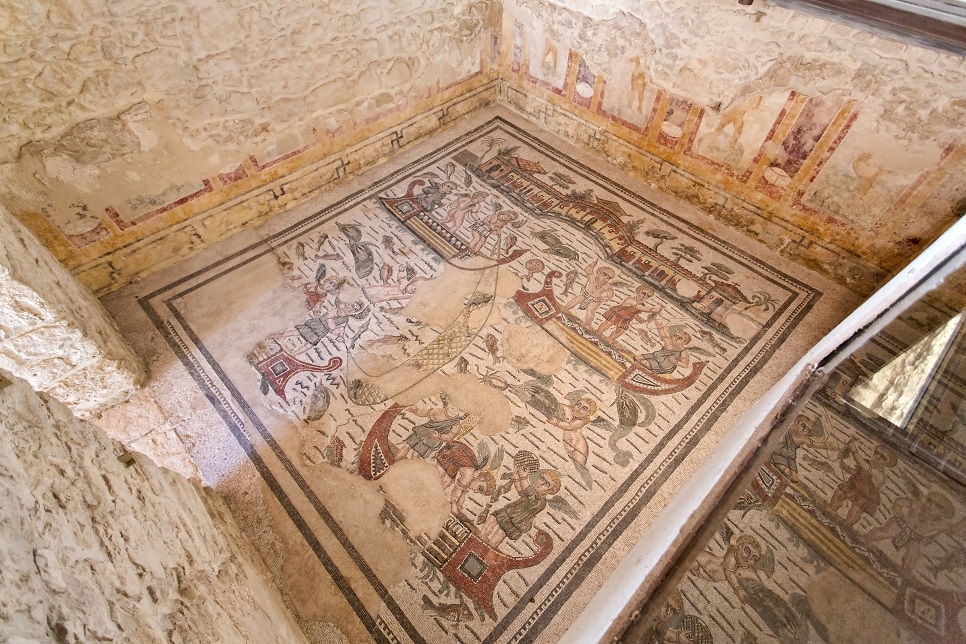Sunshine, great beaches and heavenly food are a given in Sicily. More surprising is the island’s number and variety of UNESCO heritage sites, conveniently dotted all around the island.
This is a brief overview of each of the sites.
Arab-Norman Palermo and the Cathedral Churches of Cefalù and Monreale (2015)
This evidence of the successful coexistence between different cultures – Western, Islamic and Byzantine - is the latest addition toSicily’s collection of UNESCO sites. The nine civil and religious structures, including seven in the city ofPalermo, and the cathedrals of Cefalù and Monreale date from the time of the Norman Kingdom of Sicily.
In Palermo, the collection includes Palermo’s cathedral, two palaces (Palazzo Reale and Palazzo della Zisa), three churches (Giovanni degli Eremiti, La Martorana, San Cataldo) and the Ammiraglio bridge.
Mount Etna (2013)
The highest Mediterranean island mountain and the world’s most active volcano was declared a UNESCO world heritage site in 2013. The continuously erupting volcano plays a huge part in the research and education involved in volcanology and other Earth science disciplines.
Opera dei Pupi (2008)
Inscribed in 2008 in the UNESCO Intangible Cultural Heritage Lists, the Opera di Pupi (Sicilian Puppet theatre) emerged in Sicily at the turn of the 19th century with its stories of medieval chivalric literature and poems of the Renaissance. The two main Sicilian puppet schools, both family-run businesses, are in Palermo and Catania.
Syracuse and the Rocky Necropolis of Pantalica (2005)
‘The greatest Greek city and the most beautiful of all’, according to Cicero, traces much of the history of Sicily, from the Byzantines to the Bourbons. Founded in the 8th century, the city still showcases several Greek sites including the Temple of Apollo and the Temple of Athena. The Cathedral is the city’s most striking monument, overlooking a great square and incorporating the remains of a 6th century BC Greek temple.
The magnificent Greek theatre (now home to an annual Greek drama festival), a Roman amphitheatre and stone quarries are just some of the elements of the remarkable Archaeological Park.
Equally spectacular, the Necropolis of Pantalica contains over 5,000 tombs, dating back to between the 13th and 7th centuries BC, cut into the rock near open stone quarries.
Late Baroque Towns of the Val di Noto (2002)
Eight towns in south east Sicily – Caltagirone, Militello Val di Catania, Catania, Modica, Noto, Palazzolo, Ragusa and Scicli – were rebuilt after the 1693 earthquake in the Baroque style of the day. Representing the peak of Baroque art and architecture, highlights include the ancient Ragusa Ibla, built over three hills separated by a deep valley and the magnificent San Giorgio cathedral in Modica. In Noto, the main Corso Vittorio Emanuele links three separate piazzas, overlooked by honey-hued individually-designed elaborate stone buildings.
Aeolian Islands (2000)
Much regarding volcanic phenomena is also gathered from the ongoing activity on the Aeolian Islands, the group of seven islands (Lipari, Vulcano, Salina, Stromboli, Filicudi, Alicudi and Panarea) located off the north coast of Sicily. Vulcano is the third largest and most southerly of the islands and has frequently been evacuated in the past as a result of volcanic activity. Active fumaroles continue to dominate the landscape.
Archaeological Area of Agrigento (1997)
This former Greek colony was one of the leading cities in the Mediterranean world. Much of its ancient town today still lies under fields and orchards while above ground, the Valley of the Temples remains one of the most outstanding collections of Greek art and culture in the form of the remains of eight Doric temples, built between about 510BC and 430BC.
Villa Romana del Casale (1997)
The 4th century AD Villa Romana del Casale is a perfect example of a luxury Roman villa but it is the astonishing collection of superbly-preserved Roman mosaics that remain the top attraction. Tableaux, probably created by artists from North Africa, decorate almost every room portraying scenes of daily life, including the famous ‘bikini’ girls and mythological scenes.
UNESCO world heritage sites in Sicily
Find out about the UNESCO sites in Sicily.
